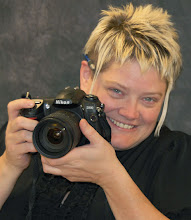Why?
Because Kellan and Yacarely are working with the community and its leaders — old and new mayors — to develop what the residents want and need.
Some nonprofits come to work in El Sauce, says former mayor Ervertz Delgadillo, and their help is appreciated, but they come to carryout a mission set forth before they ever stepped foot in El Sauce. What is needed, he says, is to develop programs based on the needs of people.
Geneseo is doing that, he says, and it's working.
He opened the doors to the mayor's office for the first classes, and has worked closely with Kellan since day one.
A few years down the road, programs are starting to pay off.
It's at a threshold now, says Ervertz; everything has been accomplished with little or no resources. Funding to promote changes in cattle and bean production, to market the tourism, etc. are vital.
And Kellan hopes to welcome more students through the doors of the New York School of English. Geneseo students from all disciplines, who can lend their expertise.
A club at campus to work on projects when someone isn't in Nicaragua — marketing the Cerro Colorado baskets, or alumni who appreciate the handiwork and think they can sell it in their stores. Students venture to El Sauce a few times a year, for set periods of time. In between, Kellan and Yacarely hold down the fort.
A long-term volunteer — maybe a graduating student or Geneseo alum — would be very important. Like a Peace Corps assignment without the 2.5 year commitment. Maybe 6 months. Maybe a year. But someone who will be there to implement programs that they now only can run when Geneseo students come — computer classes, personal finance, small business development.
The El Sauce program was started with a community spirit — among professors, the mayor of El Sauce, Geneseo students and residents from Geneseo and El Sauce. To make it all it can be, for lack of a better term, is going to take more of that.
So I guess the call is out dear alums and students ... want to share in our adventure?












































